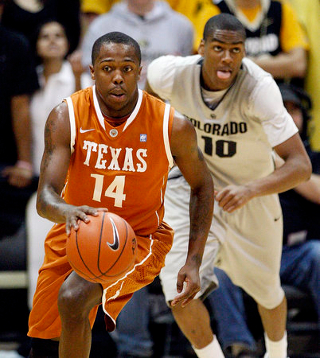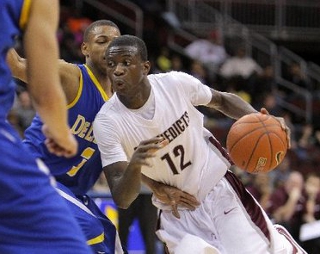Although the college basketball season tips off in just six days, the question marks surrounding the 2011-12 Texas basketball team still loom large. Not since Kevin Durant’s 2006-07 season have the Longhorns been this young, and in a frustrating bit of coincidence for Texas fans, the influx of youth happens to coincide with a season in which there is no clear-cut favorite in the Big 12.
Texas and Kansas finished a combined 27-5 in conference play last season, and were simply a cut above the rest of the league. Third-place teams Texas A&M and Kansas State were both a distant three games behind Texas in the conference standings and four behind the champion Jayhawks. Fortunately for the rest of the league, that dominance is unlikely to continue, as the two teams lose a combined nine of their ten starters this season.
The Longhorns are certainly in much worse shape than the Jayhawks, as Texas loses its entire starting five and will have six freshmen making up the core of what should be a nine-man rotation. While Kansas loses four of their starters from last season, the winning ways will likely continue in Lawrence as eight players return, including Tyshawn Taylor, Thomas Robinson, and Elijah Johnson.

J’Covan Brown will have to carry the load for Texas
(Photo credit: Ed Andrieski/Associated Press) 
Freshman Myck Kabongo will run the point for the Longhorns
(Photo credit: Saed Hindash/The Star-Ledger) 
Rick Barnes expects big things from Jaylen Bond
(Photo credit: Bob Raines/Montgomery Media) |











